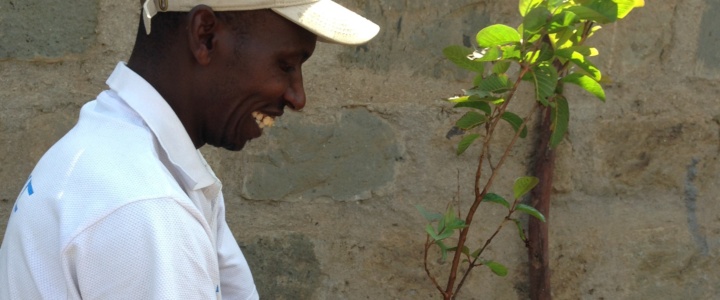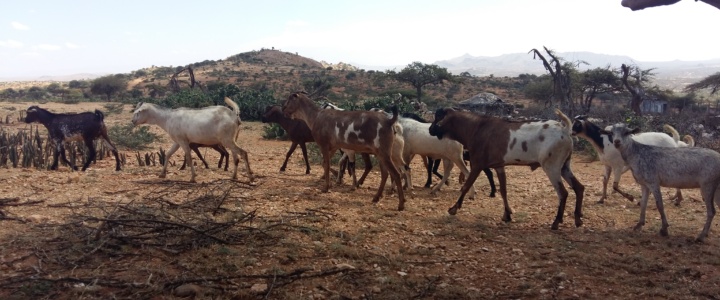Once in a while an opportunity comes along to meet people who are truly an inspiration to their community and the world. This post is about James Kagwe and Elizabeth Wanjiru (Liz Shish).
I first met James and Liz earlier this year at a permaculture course held in Kenya. At that time we discussed their vision for sustainability and how permaculture has helped change their community. I was fortunate to join my friends Julie and Mark in Kenya last month and see what James and Liz were working on in their village of Naivasha. What they have accomplished is MIND BLOWING!
A few years ago, James and Liz recognized there was a huge need for waste management in Naivasha. Some areas in Kenya do not have waste collection systems in place. The locals’ habit is to throw garbage on the ground because there are no trash bins. Trash is then piled all together with no system of sorting. Garbage is literally lying all over, with valuable materials, such as vegetable scraps, adding to the problem (rather than being exploited for other uses). Animals can be seen grazing on the garbage, including plastics and other materials not suitable as a food source, while at the same time, kids are using scraps of waste as toys. Naivasha was suffering, but is not unique.
Liz and James made the bold decision to do something about these unsanitary conditions. We met up with them for a tour to show us the INCREDIBLE work they have accomplished at the 4 sites they manage. These include:
• Community Garden
• Waste to Best Recycling and Compost Center
• Waste Separation Program in the Estates
• Fully working Farm
In just 5 years, they have educated the neighbors on waste separation, begun a waste management program and built a sorting site where the waste is separated for recycling or composting. Perhaps, the most interesting aspect is that the waste is transported by burro!
The community garden was built in a space that was completely barren, with nothing but dead soil. It is now thriving, and full of life because of their amazing composting efforts (as well as their green thumbs). The garden has not only brought the community together, but also offer a place to hold garden classes to the wider community. Liz and James teach all the classes and also provide spaces for students to grow food.
Finally, we visited their farm. It is a space they use as a demonstration site to showcase different techniques where local farmers can get tips on how to grow food naturally, without chemicals and pesticides. The farmers are currently watering the vegetables and fruit trees with rainwater collected in a series of pits, each one flowing into the next, filtered naturally through the soil.
This visit was a really special treat for me as I am always encouraging people to compost and get inspired by people who are working every single day to be change makers in their communities. James and Liz have most definitely made a difference in Naivasha for both the environment as well as for its people.
Their work is an excellent example of how a small group of people can massively change a whole community. Grateful to them for doing what they do.
#changemakers #permaculture #communitygarden #recyclingcenter #compost #wastemanagement #reducereuserecycle

